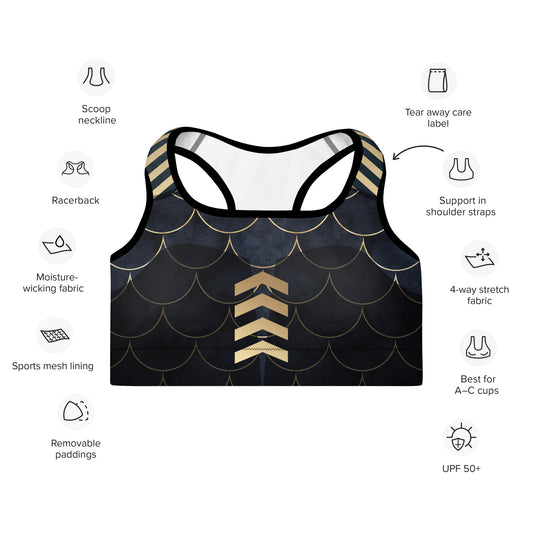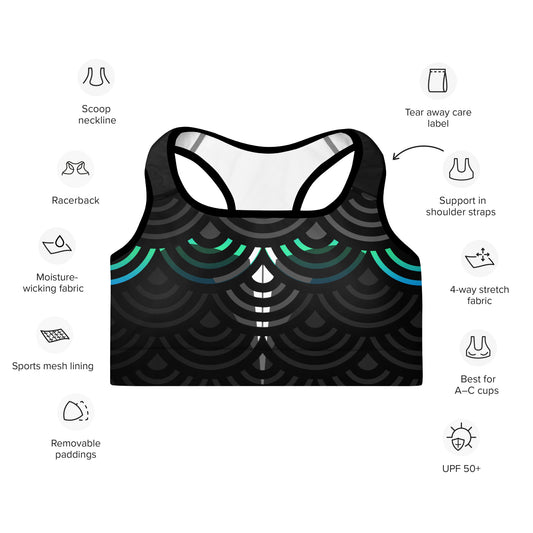Meet our Manufacturer Gildan

Meet our Manufacturer Gildan
Environmental, Social, and Governance (ESG) Report:
Environment Gildan understands its responsibility in joining efforts to address the global challenges of climate change and biodiversity loss. This is why we continue to invest in systems, technologies, and initiatives that reduce our GHG emissions, minimise waste, optimise resources, and reduce our overall impact on the planet.
Key environmental highlights
10.9% reduction of absolute Scope 1 and 2 GHG emissions (compared to 2018 base year)
18.4% reduction in water intensity (compared to 2018 base year)
21.7% of cotton supply is sourced from verified U.S., grown cotton suppliers (USCTP) and Better Cotton
Respect for the environment
For close to 20 years, we have measured, monitored, optimised, and reported our environmental results to understand and lower our impact on the planet. Since then, we have pursued continuous improvements in every aspect of our operations to become one of the world’s most efficient and sustainable apparel manufacturers.
Climate change is a reality that affects us all.
Gildan is committed to using energy efficiency initiatives to minimise our greenhouse gas (GHG) emissions whenever and wherever possible. That’s why we work to increase energy efficiency across our operations by reducing our reliance on fossil fuels and favouring more sustainable alternative energy sources and production processes.
Steam & thermal energy
Our biomass energy systems burn agricultural, factory, and process waste – including wood by-products, paper, cardboard, and cotton waste – in high-efficiency boilers that generate steam and thermal energy required in our textile factories. These systems help us generate close to half of our total energy needs.
This process is carbon neutral because it prevents organic materials from entering landfills where dangerous GHGs would be emitted during the decomposition phase. The ash created during the process remains organic and serves as an effective fertilizer with low levels of sulphur for local agricultural processes.
Condensate return
Condensate is the hot liquid by-product resulting from steam energy that has been used in heat transfer processes. Condensate is warm water containing chemical additives that can be reused to produce steam, at just one-third of the cost of generating steam from fresh water and new chemicals.
Heat recovery
Our heat recovery systems use thermal energy to heat water for our dyeing process. This allows us to significantly reduce the amount of steam we need to generate the required temperature for dyeing, and ultimately allows us to conserve water and reduce energy consumption.
Absorption chillers
Our absorption chillers capture thermal energy from our steam to create cool water that drives many of our factories' air conditioning systems. This system generates energy savings in the millions allowing us to reduce our energy use.
Take a look at some of our annual numbers:
53% of our energy comes from direct sources of which the majority is from biomass (a low-carbon fuel) SBTi validated our Scope 1, 2, and 3 GHG emissions targets
10.9% reduction of absolute Scope 1 and 2 GHG emissions (compared to 2018 base year)
Made with respect for water
Water is one of the world’s most precious resources and plays a large part in the entire lifecycle of apparel production. This is why our goal is to manage our water consumption and clean wastewater in the most environmentally conscious way.
Take a look at some of our annual numbers:
95% of water withdrawal comes from groundwater
18.4% reduction in water intensity compared to 2018
100% of textile and hosiery facilities follow the Zero Discharge Hazardous Chemicals (ZDHC0 guidelines).
Clean water
We use the Gildan Biotop, an innovative biological wastewater treatment system that uses bacteria and microorganisms to clean water until it’s virtually dye and chemical-free. Only then do we return the water to the environment, where it feeds the wetlands, effectively promoting biodiversity.
Lowering water intensity
Another way we manage water is by ensuring we optimise its utilisation. We leverage systems that allow us to integrate practices focused on reusing and recycling to maximise how much of it we use.
More about ESG Social
When it comes to our employees, treating them with respect and dignity is one of our highest priorities. This is why we are committed to continuing to transform policy into concrete action, while making sure fairness, inclusion, and opportunity are further incorporated into Gildan’s labour practices.
Key social highlights
CONTRIBUTED $1.1M to community initiative
ACHIEVED 30.3% gender parity in the collective group representing director-level and above
PROVIDED 277,000 free medical consultations to Gildan workers at our on-site medical clinic
Governance
Operating in a responsible, ethical, and transparent manner is at the core to Gildan’s business strategy, and it has long been a key element of our success. As one of the leading vertically integrated manufacturers in the apparel industry, we produce the vast majority of our products in our own facilities. This gives us the advantage of exercising direct control over how we operate, and it enables us to prioritise ESG across our operations.
Code of Conduct
The Gildan Code of Conduct encompasses the principles set forth by the International Labor Organisation (ILO), the Fair Labor Association (FLA) and various other organisations. It unmistakably asserts our position on a wide range of labour and business practices and openly communicates our commitment to employees, partners and stakeholders to always act responsibly and sustainably.
Human rights
Our longstanding priority has been to enforce and protect the fair treatment of people who manufacture our products throughout our supply chain. That’s why we are devoted to protecting our people by applying strong human rights principles in the workplace and across our operations.
Fair wages
We believe in supporting local economies which is why Gildan has a holistic view of compensation, fair wages, in-kind benefits, and training and development opportunities.
To help ensure that our employees’ salaries and benefits are sufficient to meet basic needs and provide a level of discretionary income, we use the Fair Labor Association’s (FLA) data-collection tool methodology. This helps standardise the measurement criteria of wages at factories with comparable benchmarks. We also consider inflation trends related to food and housing, among other issues.
Mermaid Match Up or Mix Up Sports Bra
Choose your favourite style Sports Bra in the Mermaid Collection, now you have to decide to match it up or mix it up with the High Waisted Leggings
-
Mermaid Ebony Padded Sports Bra
Regular price $61.15 AUDRegular priceUnit price / per -
Mermaid Pearl Padded Sports Bra
Regular price $61.15 AUDRegular priceUnit price / per -
Mermaid Lightening Cloud Padded Sports Bra
Regular price $61.15 AUDRegular priceUnit price / per -
Mermaid Asia Padded Sports Bra
Regular price $61.15 AUDRegular priceUnit price / per -
Mermaid Cloud Padded Sports Bra
Regular price $61.15 AUDRegular priceUnit price / per
-
Mermaid Asia High Waisted Leggings
Regular price $56.00 AUDRegular priceUnit price / per -
Mermaid Ebony High Waisted Leggings
Regular price $56.00 AUDRegular priceUnit price / per -
Mermaid Cloud High Waisted Leggings
Regular price $56.00 AUDRegular priceUnit price / per -
Mermaid Storm High Waisted Leggings
Regular price $56.00 AUDRegular priceUnit price / per -
Mermaid Pearl High Waisted Leggings
Regular price $56.00 AUDRegular priceUnit price / per




















